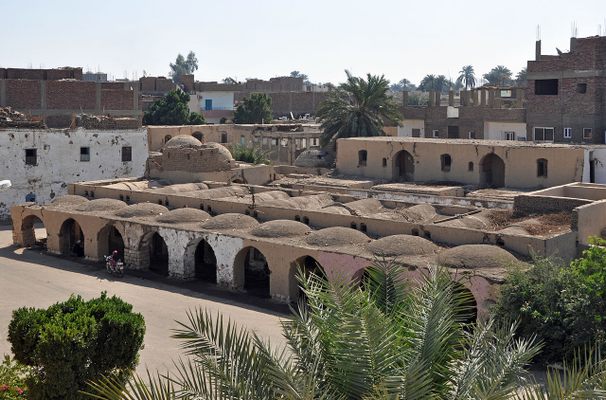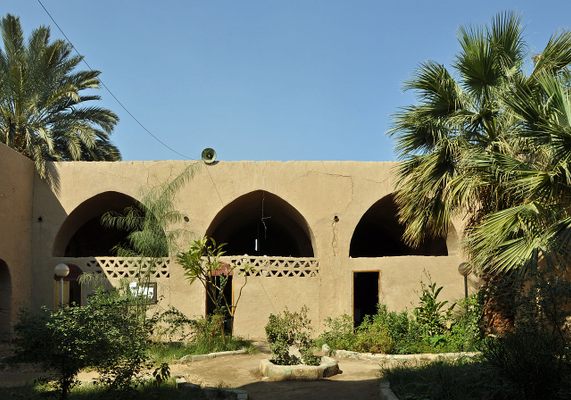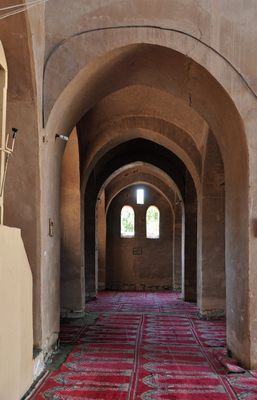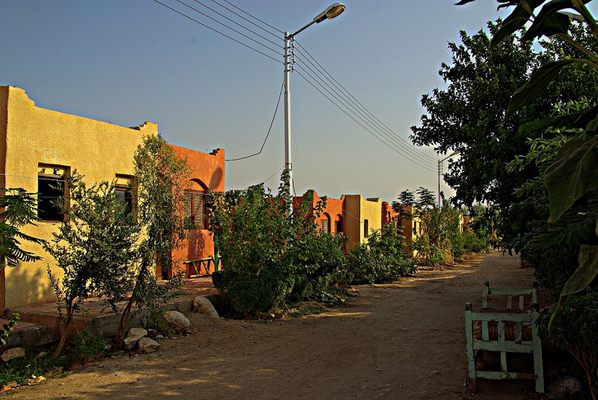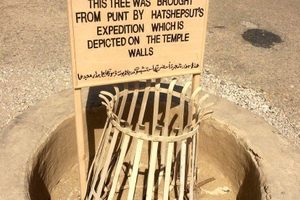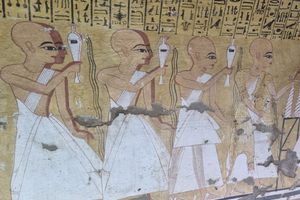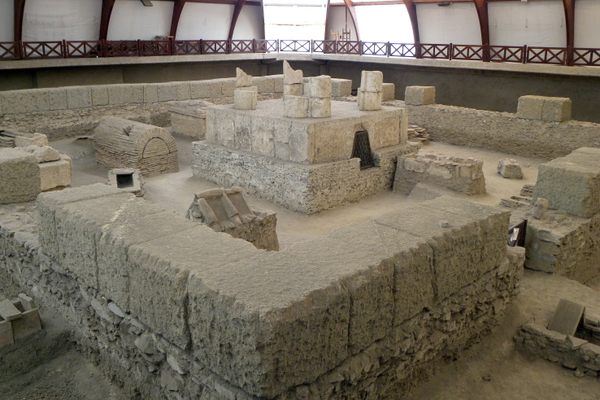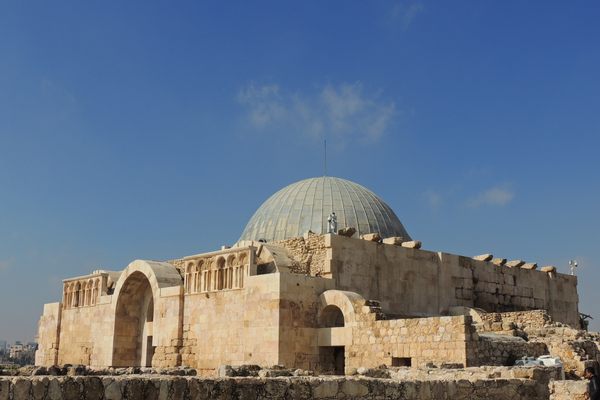About
In the 20th century, Egyptian architect Hasan Fathy became well known for his work rooted in traditional craftsmanship. Instead of following the modernist works of his contemporaries, Fathy wanted to develop a style of architecture rooted in local traditions and built with local materials.He called it "architecture for the poor," and even wrote a book of the same name.
One of Fathy's most famous projects was New Gourna Village near Luxor, Egypt. Designed and built between 1946 and 1952, the village was conceived as a settlement for people who had been displaced from Old Gourna Village, which stands in the middle of archeological sites of the Luxor Necropolis.
The goal of the experimental village was to use local materials and techniques to relocate the community living near the ancient sites, both to limit damage and looting as well as facilitate tourism. Fathy used earthen building materials throughout the village. Architectural elements common in the old village, such as enclosed courtyards, vaulted ceilings, and perforated walls, were incorporated in the design.
Sadly, political and financial complications plagued the project, and many of the residents of Old Gourna were opposed to relocation. The project was never formally completed. Today, many of the Fathy's original buildings have been lost. In 2009, concerns about the village's degraded state led UNESCO to establish a project with the goal of safeguarding this piece of architectural history.
Related Tags
Treasures of Egypt: Hidden Tombs, Ancient Pyramids & Old Cairo
Explore pyramids, tombs, and local cuisine with your Egyptologist guide.
Book NowPublished
April 30, 2021
